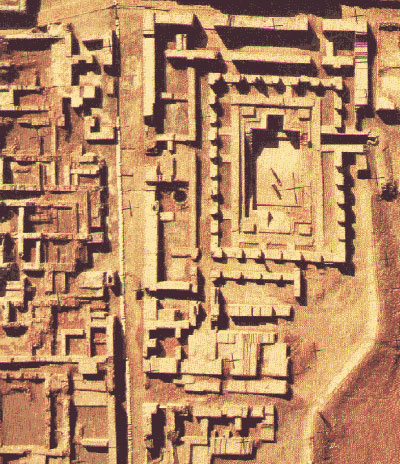Oxford, England
This entire town is a historical site in and of itself. Many of the colleges and buildings have been around for centuries. During the day, tour the old colleges and neighborhoods, and at night hit up some of the many authentic pubs.
London’s Historical Walk, England
If you want to see many of London’s historical structures, start at the Tower of London near the Tower Bridge and Great Tower Street (Tower Bridge tube station) and walk along the Thames River. Along the way, you will pass St. Paul’s Cathedral, Trafalgar Square, the Horse Guards, 10 Downing Street (of James Bond fame), Westminster Abbey, the Cabinet War Rooms, the Houses of Parliament and Big Ben to name a few. When you get to the Cabinet War Rooms, you can take a detour down Birdcage Walk to Buckingham Palace.
Les Catacombes, Paris
In 1785, the Parisian government solved the overflowing cemetery problem by removing buried bones of over 6 million people and placing them in underground quarries. Today you can walk 20 meters under the ground and view these remains. Open Tues-Sun from 10pm -5pm. Costs about 7. 1 Place Denfert-Rochereau. M: Denfert-Rochereau.
La Alhambra, Granada, Spain
Most flock to this historic Andalucian city for a glimpse of the magnificent Alhambra. Sitting in the shadow of the stunning Sierra Nevada mountains, this city still has a haunting Moorish flavor and a mystical feeling. The sprawling ruins of La Alhambra give you a glimpse of life inside the Moorish compound centuries ago. This is a must-see.
The Pantheon, Rome
This impeccable structure, symbolizing the glory and culture of ancient Rome is remarkably well preserved. Admission is free. Open Mon-Sat, 9:00am-6:30pm and Sundays until 1pm.
Roman Forum/Pallantine Hill, Rome
The heart of ancient Rome, this site was once the pulse of the entire city. The Forum holds some of the most impressive remains that depict the complexities and grandeur of the Roman Empire – it should not be missed. Admission to the forum is free and to Pallantine Hill about 8. Open daily.
Olympia, Greece
The sprawling ruins here are a UNESCO World Heritage site. They include the Olympic Arena and the Temple of Zeus, which once housed the colossal gold-and-ivory cult statue of Zeus (one of the seven wonders of the ancient world).
The Acropolis, Athens, Greece
Above the Athens skyline, the Acropolis reigns supreme: brightly lit by night, chock-full of awestruck tourists by day, it is but one of the many ancient and modern treasures that this versatile city provides. Don’t miss its museum, slightly hidden behind the Parthenon, home to many of the original statues found within. Behind the Acropolis, the ancient city of Agora is a sprawling bed of ruins that include remains of the earliest courtrooms, Senate buildings and law libraries.
The Old City Walls, Dubrovnik, Croatia
Walk the entire circuit around the old city from the 25m high city walls. They were built and fortified between the 13th and 16th centuries. The protection offered by this structure is astounding. Bring your camera as the different views around each bend all make for excellent photo opportunities.
Auschwitz and Birkenau, Krakow, Poland
The most notorious of all the concentration camps and perhaps the very symbol for genocide in the 20th century, both sites can be seen in a day. Admission is free. A 15-minute documentary film from the liberation is a good start to the visit, after which you can explore the grounds. There is an excellent 3.5 hour tour for 39 PL or, if you go unguided, the pamphlet “Auschwitz Birkenau Guide Book” is recommended. Birkenau is 3km from Auschwitz and is even more devastating in its vastness and incomprehensible capacity for human extermination. Minibuses depart from a fenced in area near the bus station and take two hours. It is suggested that you eat a big breakfast as it will probably be your only meal of the day
















.jpg)





